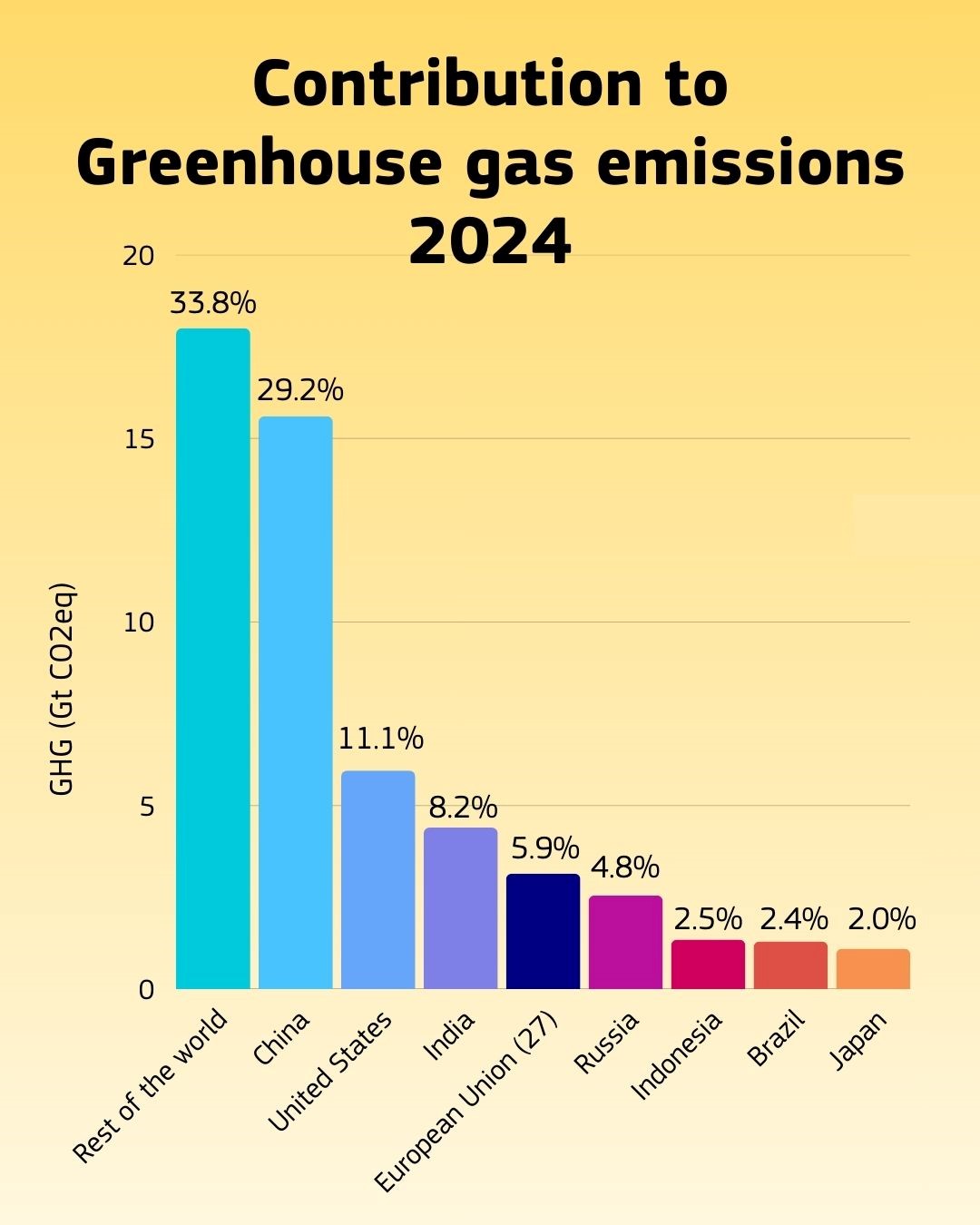



Tamil Nadu leads sub-national climate action through the Tamil Nadu Green Climate Company, which drives a district-level, bottom-up approach. It implements four missions: climate change (carbon neutrality before 2070), Green Tamil Nadu (33% green cover), wetlands restoration, and coastal restoration, linking growth with ecological resilience.

Copyright infringement not intended
Picture Courtesy: THE HINDU
Tamil Nadu's approach to climate action and biodiversity conservation, emphasizing ground-level policy implementation, community involvement, and demonstrable outcomes, serves as an exemplary model for other states.
Tamil Nadu's geography and economy make it susceptible to climate change impacts.
Tamil Nadu Climate Change Mission (TNCCM)
Green Tamil Nadu Mission (GTM)
The GTM aims to expand the state's forest and tree cover from the current 23.8% to the nationally mandated 33% of its geographical area over ten years, as a carbon sequestration effort.
Tamil Nadu Wetlands Mission
Tamil Nadu Coastal Restoration Mission (TN-SHORE)
The way forward involves strengthening monitoring and evaluation frameworks, enhancing participatory governance by making climate plans more accessible to the public, and investing in climate-resilient infrastructure like "sponge parks" in urban areas.
Source: THE HINDU
|
PRACTICE QUESTION Q. Analyze the effectiveness of Tamil Nadu's climate action model, particularly its focus on renewable energy and coastal resilience, as a replicable strategy for other Indian states. 150 words |
A climate action model serves as a strategic framework or plan for societies, governments, and businesses to address climate change. It outlines specific policies and actions for both reducing emissions (mitigation) and preparing for unavoidable climate impacts (adaptation).
The primary goal is to guide decision-making to limit global warming to agreed-upon targets, such as the 1.5°C goal of the Paris Agreement, while also building resilience in human and natural systems to current and future climate hazards.
Mitigation involves actions that reduce the sources or enhance the sinks of greenhouse gases, such as switching to renewable energy. Adaptation involves adjustments in natural or human systems in response to actual or expected climate changes to reduce harm or exploit beneficial opportunities.






© 2025 iasgyan. All right reserved